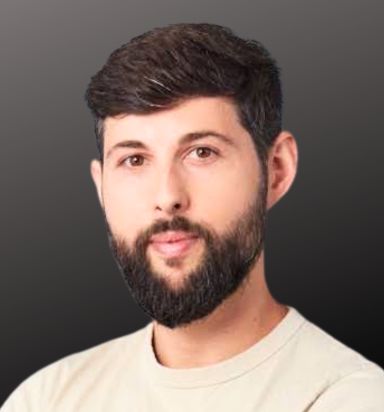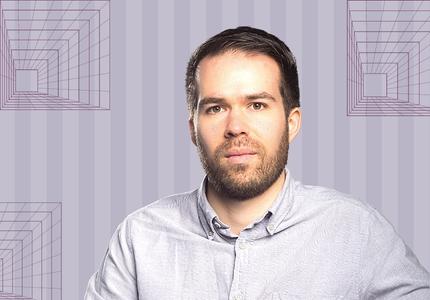
< session />
Rethinking React Architecture - From Hooks to Remote Contexts
Fri, 24 April
React’s context API, hooks, and Suspense work well for small to medium applications, but as systems grow across multiple micro-frontends, deployment cycles, and teams, traditional patterns start to break down. Large-scale React architectures often face challenges such as prop drilling across bundle boundaries, complex state synchronization, and performance bottlenecks.
This session introduces the concepts of remote contexts and cross-bundle messaging—approaches designed to simplify data sharing across distributed React applications. Attendees will learn how remote contexts enable seamless communication between micro-frontends using a lightweight pub/sub model while preserving the familiar React developer experience. The talk includes live coding examples demonstrating a distributed dashboard where widgets from different teams share context transparently.
You will also gain practical insights into handling bundle loading race conditions, maintaining type safety across boundaries, and debugging context flow in distributed applications. The session concludes with a discussion on when to adopt remote contexts, how to migrate gradually from traditional state management tools, and how these patterns improve scalability and performance in large React ecosystems.
What You Will Learn
-
How remote contexts and cross-bundle messaging improve scalability and state management in large React applications
-
Practical implementation details, including synchronization, type safety, and debugging across bundles
-
Migration strategies from traditional patterns such as Redux and event buses to distributed context architectures
Who Should Attend
Front-end developers, React architects, and engineering leads working on large or distributed React applications who want to simplify state management and improve performance across micro-frontends.
< speaker_info />
About the speaker
Hadar Geva
CTO and Co-Founder, Myop.dev
Hadar is the co-founder and CTO of Myop, a developer-first platform transforming how UI and UX are built, controlled and optimized in production.
Hadar brings over 15 years of hands-on development experience and a deep focus on frontend infrastructure.
Over the past decade, he’s led engineering teams at some of Israel’s top tech companies. At Wix, Hadar served as an architect and then head of the frontend guild, managing over 700 developers and helping shape the company’s core frontend systems. Prior to that, he held senior R&D leadership roles at Jive Software and Rafael, driving large-scale frontend development across complex products.
A Unit 8200 alum, Hadar brings not only technical depth but also a strong understanding of organizational scale, cross-team architecture, and how to evolve legacy systems. His experience spans both building systems from scratch and leading long-term frontend transformations in high-growth environments.








